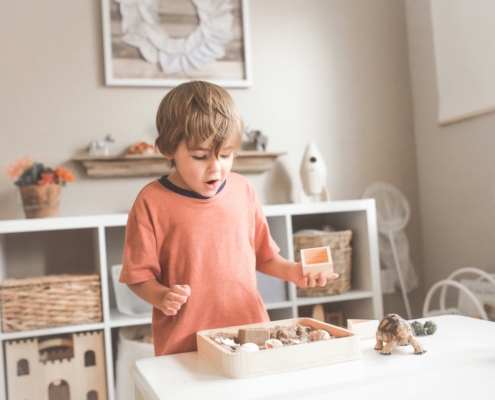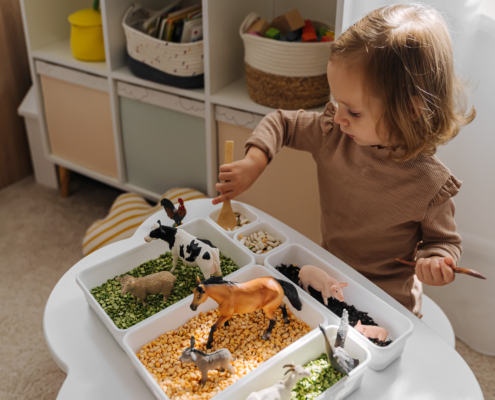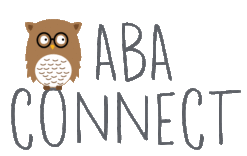
Warning: Not Having a Summer Schedule May Create Extra Stress (but it’s not too late to make one!)
A Parent’s Perspective: 5 Lessons I Learned About Creating a Plan for the Summer
Last summer, I hoped for chill vibes. I did very little scheduling of playdates, camps, or additional therapies. I thought we would take things as they came…

Understanding IEPs and IEP Meetings
What is an IEP?
An IEP is an Individualized Education Plan that can be implemented in the school setting when/if a child qualifies for one. The IEP is individualized to each child and provides accommodations or modifications to their school…

Creating a Home Environment For Your Child with Autism to Thrive
As parents of young children with autism, creating a supportive home environment is essential to promoting your child’s development, comfort, and well-being. A home that is tailored to meet the unique needs of your child can significantly…

Creating a Sensory Box for Your Child with Autism: A Holiday Season Activity
The holiday season is often a whirlwind of activities, from cooking festive feasts to wrapping presents and decorating the house. Amidst the hustle and bustle, finding activities that keep your child engaged and happy can be a challenge, especially…

Things to be Thankful for with Autism {+ a FREE printable}
A Parent's Perspective: The awesome things about autism I'm most grateful for this Thanksgiving
November is a season of thanksgiving and gratitude. If we're honest, thankfulness is not typically our first response when parenting a child with…

How Do BCBAs Individualize Treatment for My Child?
If you’ve received or looked into receiving ABA treatment for your family, it’s likely that you’ve read about individualization of care. The term “individualized” is used frequently in the field of applied behavior analysis,…

Transitioning to a New Bed!
~~
From the Author, Caroline Roesel, BCBA, LBA:
As a BCBA and parent to a young child who recently transitioned out of his crib, I wanted to share how ABA can help caregivers through this particular transition!
~~
We’re…

How ABA Therapy Can Help Children with Autism
What is the Right Treatment For Autism?
With the right behavioral therapy, children with autism spectrum disorder (ASD) can use all their skills and abilities. However, every child with autism presents differently, and there is no…

Parent Self-Care
This blog is one of a series created to assist parents during the COVID-19 health crisis.
Parent Self-Care
It’s easy to see that our society did not predict how far-reaching and long-lasting the COVID-19 pandemic would become. And yet, parents…

Schedules of Reinforcement
A schedule of reinforcement is a rule that describes how often the occurrence a behavior will receive a reinforcement. On the two ends of the spectrum of schedules of reinforcement there is continuous reinforcement (CRF) and extinction (EXT).
Continuous…
